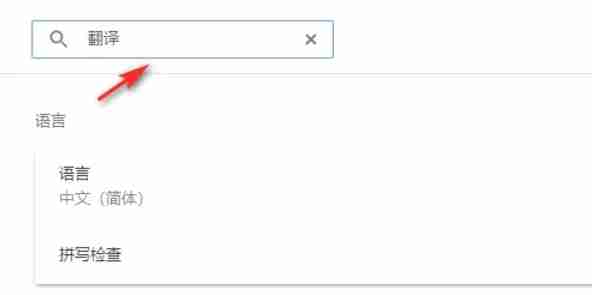Master the Art of Google Chrome's Webpage Translation: A Comprehensive Guide
Tired of language barriers hindering your web browsing experience? This guide provides a detailed walkthrough of Google Chrome's translation features, covering webpage translation, selected text translation, and personalized settings adjustments. Follow these steps to effortlessly navigate multilingual websites.
Step 1: Accessing the Settings Menu
Locate and click the Chrome menu icon (usually three vertical dots or three horizontal lines) in the upper right corner of your browser window.

Step 2: Navigating to Settings
In the dropdown menu, select the "Settings" option. This will open Chrome's settings page.

Step 3: Locating Translation Settings
At the top of the settings page, you'll find a search bar. Enter "Translate" or "Language" to quickly find the relevant settings.

Step 4: Accessing Language Settings
Once the search results appear, locate and click the "Languages" or "Translation" option.
Step 5: Managing Languages
The language settings page displays a list of supported languages. Here, you can add, remove, or rearrange languages. You can also set your preferred language for translation.

Step 6: Enabling Automatic Translation
Crucially, ensure that the option "Offer to translate pages that aren't in a language you read" is enabled. This ensures Chrome automatically prompts you to translate pages in languages other than your default.
By following these steps, you'll unlock Google Chrome's powerful translation capabilities, making your online experience seamless and enjoyable regardless of language.















